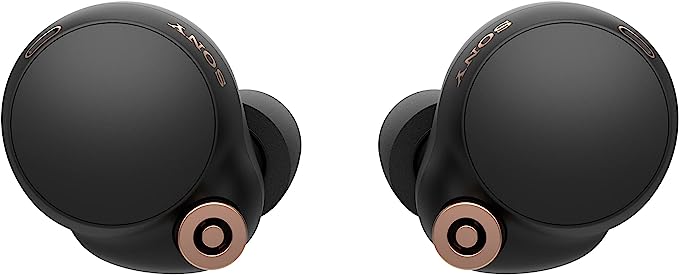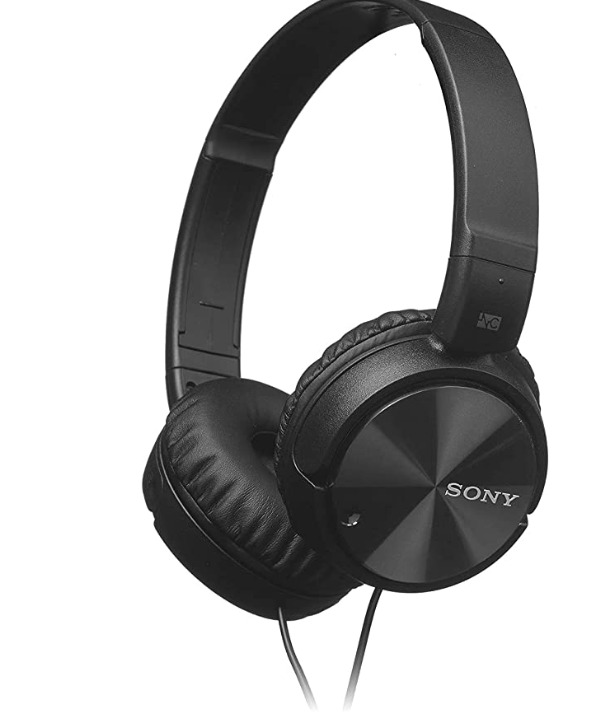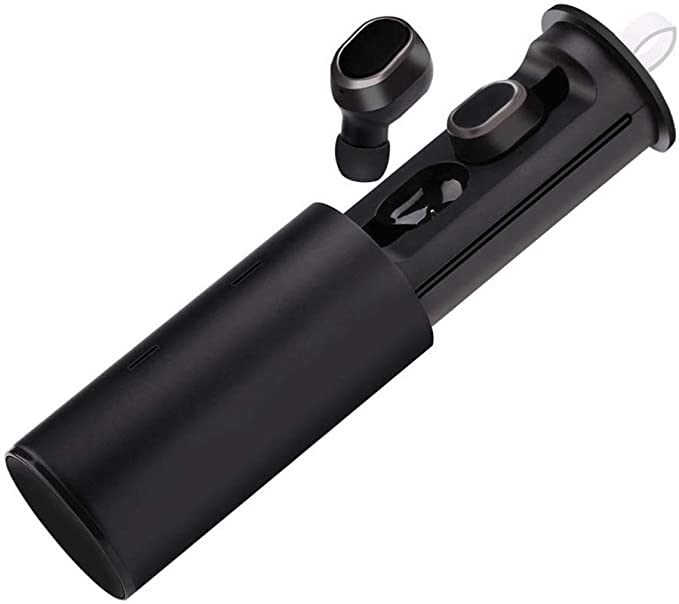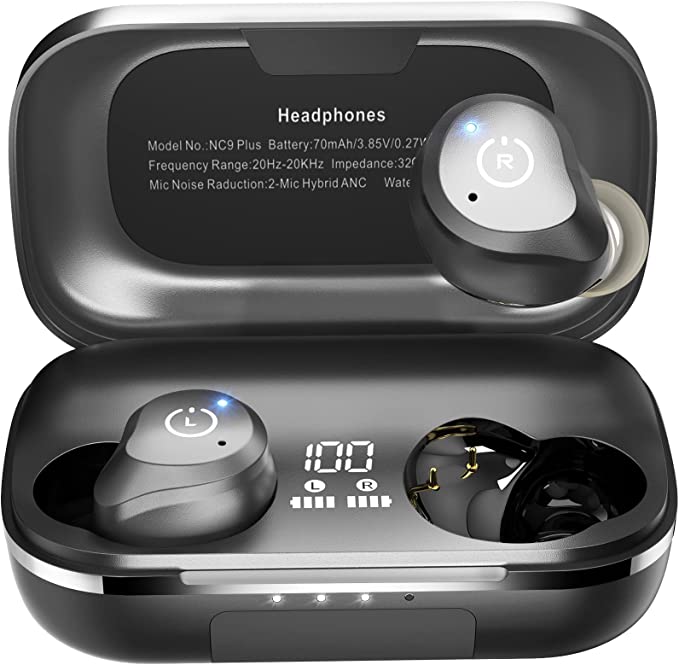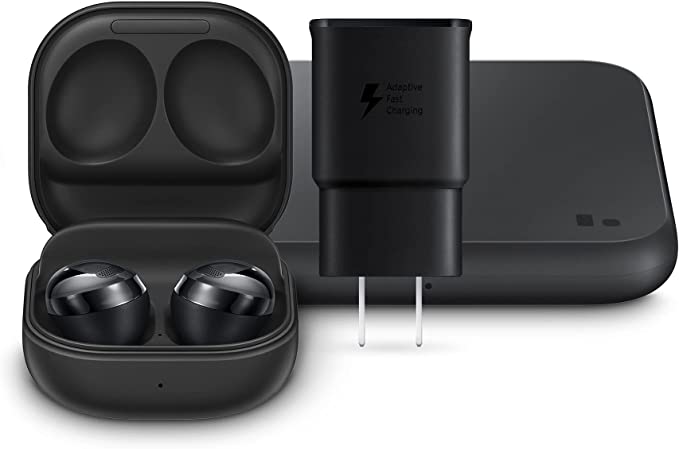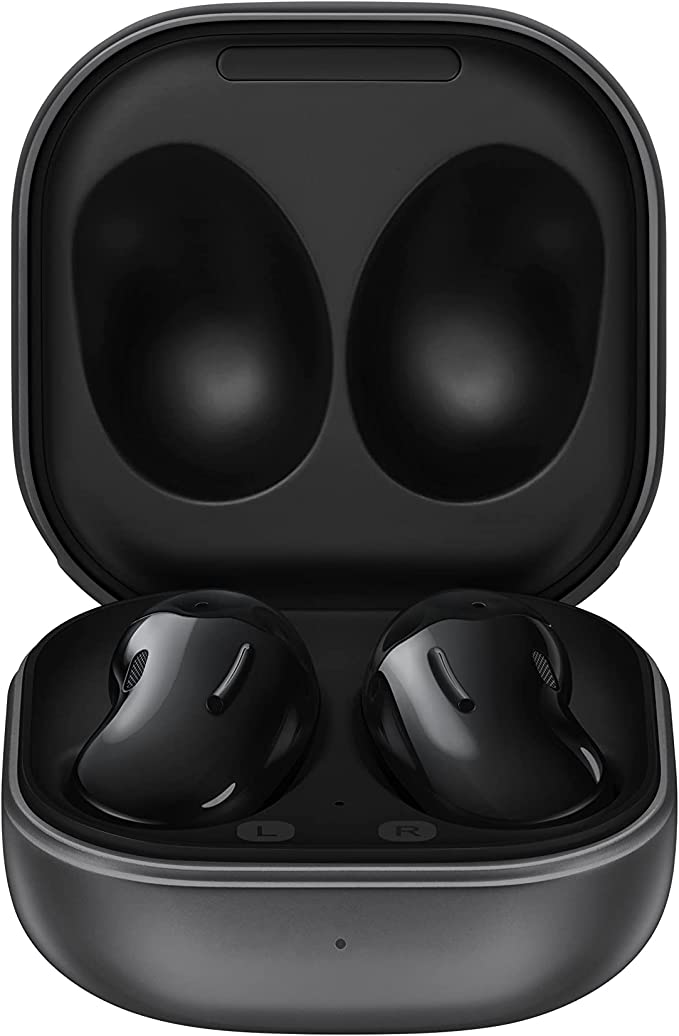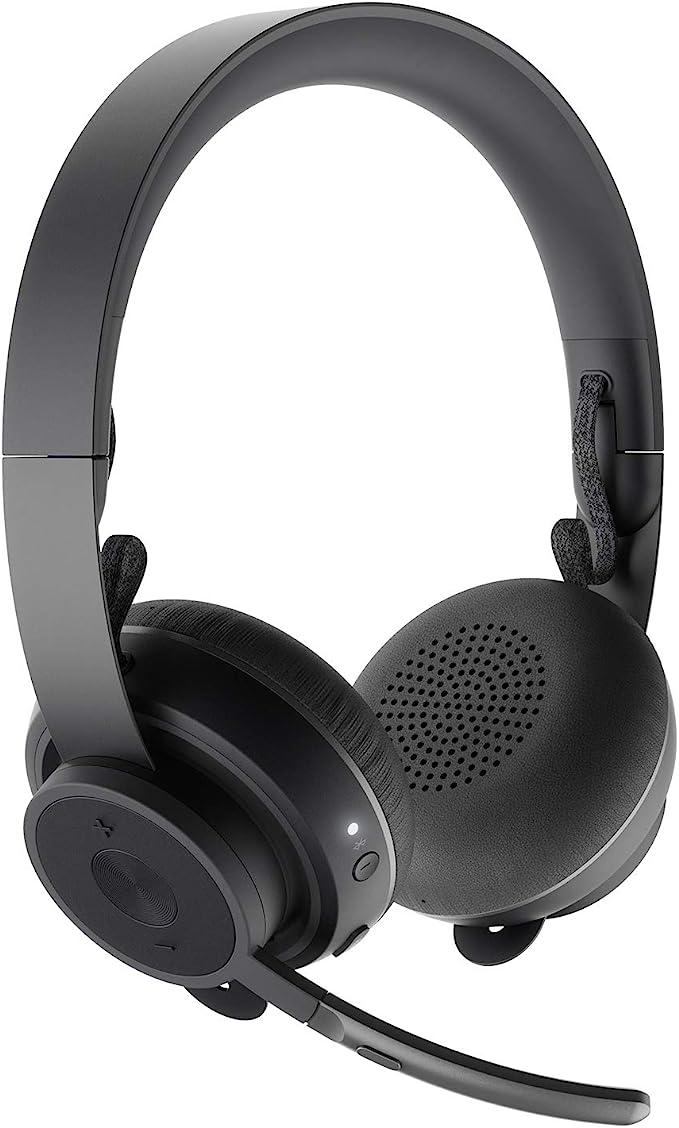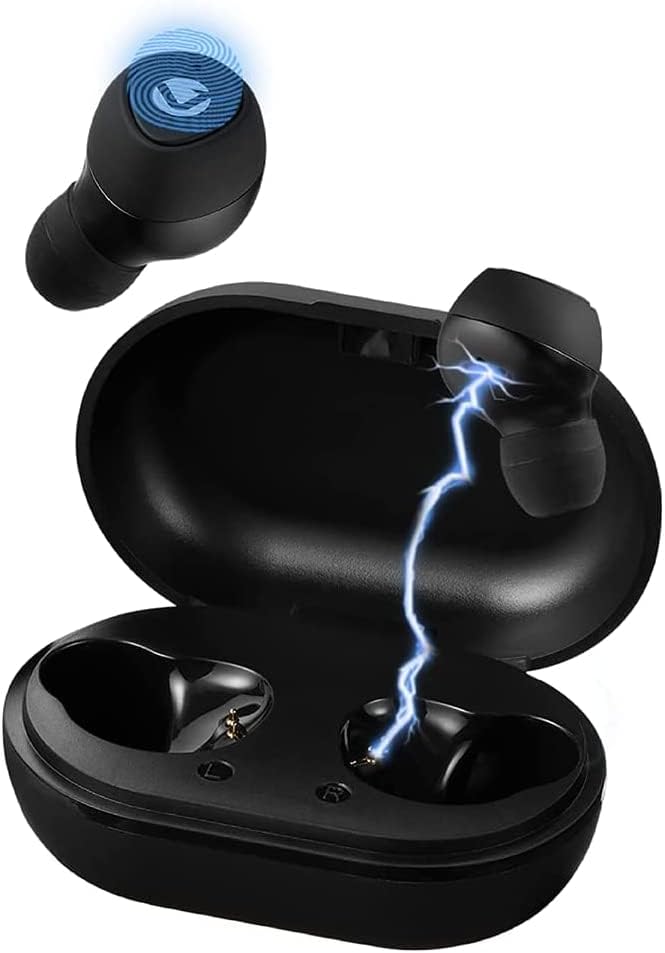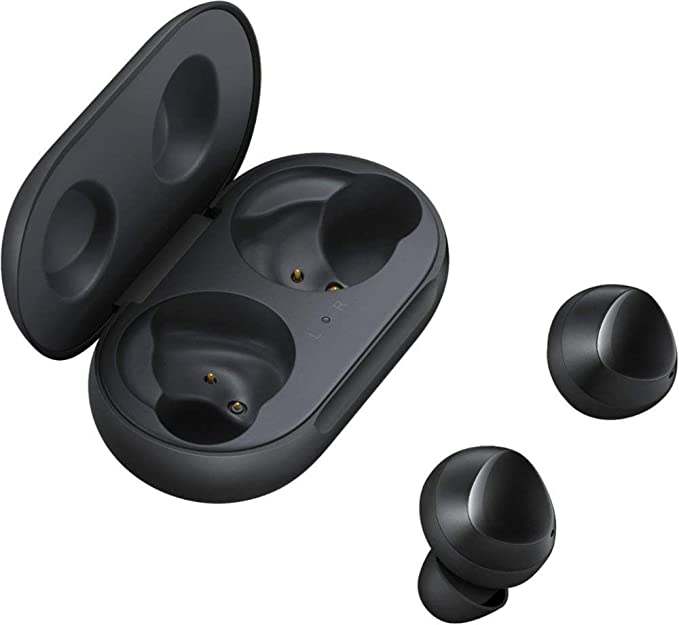Sony WF-1000XM3: Unpacking the Science of Early True Wireless Noise Cancellation
Update on April 26, 2025, 2:55 a.m.
The soundtrack of modern life is often a cacophony. The drone of traffic, the hum of air conditioning, the ceaseless chatter of public spaces – silence, or even just controlled sound, has become a precious commodity. Into this noisy world, the advent of True Wireless Stereo (TWS) earbuds arrived like a promise: untethered freedom, music on the move. Yet, early iterations often meant compromising on audio immersion, leaving the listener still adrift in the ambient din.
It was against this backdrop that Sony introduced the WF-1000XM3 in July 2019. More than just another pair of wireless earbuds, they represented an ambitious push to integrate sophisticated Active Noise Cancellation (ANC) technology, previously the domain of larger over-ear headphones, into the diminutive TWS form factor. Today, with the WF-1000XM3 having completed its product lifecycle and been succeeded by newer generations, we can look back and dissect it not merely as a gadget, but as a fascinating case study in audio engineering – a snapshot of innovation from a pivotal moment in personal audio history.
It’s important to note upfront: As this product is discontinued, specific technical details and performance claims referenced here are based on the product information available during its retail period. Independent verification against current standards isn’t feasible, but the underlying scientific principles remain timeless.

Taming the Cacophony: The Science of Active Noise Cancellation
To appreciate the achievement the WF-1000XM3 represented, one must first understand the elegant physics behind Active Noise Cancellation. Noise, fundamentally, is unwanted sound waves propagating through the air. ANC doesn’t physically block these waves like an earmuff (that’s passive isolation); instead, it performs a kind of digital alchemy, creating ‘anti-noise’ to neutralize them.
Imagine dropping a stone into a still pond, creating outward ripples. ANC works by detecting those incoming ‘noise ripples’ using tiny external microphones on the earbuds. This captured sound is then instantly analyzed by a processor, which calculates the precise inverse waveform – a mirror image, 180 degrees out of phase. Think of creating a new set of ripples where the peaks align perfectly with the troughs of the original noise ripples. This ‘anti-noise’ wave is then generated by the earbud’s speaker. When the original noise wave and the anti-noise wave meet in the ear canal, they interfere destructively – effectively canceling each other out, or significantly reducing the noise level perceived by the listener, particularly for constant, low-frequency sounds like engine hums or air conditioning drones.
Simple in concept, perhaps, but fiendishly difficult in execution. The entire process – detect, analyze, generate, cancel – must happen in microseconds with extreme precision. Any delay or inaccuracy, and the cancellation effect diminishes or, worse, adds more noise. Furthermore, cramming the necessary microphones, speakers, and processing power into the tiny, power-constrained shell of a TWS earbud was the significant engineering hurdle faced by designers in 2019.

The Digital Brain: Sony’s Claimed HD Noise Canceling Processor QN1e
Effective real-time ANC demands significant computational muscle. The constant analysis of complex, ever-changing ambient soundscapes and the instantaneous generation of precise anti-noise signals require a powerful digital engine. According to Sony’s product information from the time, the heart of the WF-1000XM3’s noise-canceling prowess was its proprietary “HD Noise Canceling Processor QN1e.”
Sony positioned this chip as more than just an ANC controller. It was presented as an integrated solution, purportedly handling not only the demanding noise-cancellation algorithms but also sophisticated audio signal processing tasks. Think of it as the dedicated ‘digital brain’ of the earbuds, tasked with managing the entire auditory experience. The move towards such dedicated, specialized processors was crucial for enabling advanced features in power-sensitive mobile devices. While generic processors could theoretically perform these tasks, a specialized chip like the claimed QN1e could be optimized for specific audio algorithms, aiming for higher performance and potentially better power efficiency compared to a general-purpose solution – critical factors within the tight confines of an earbud.

Beyond Silence: Decoding 24-bit Audio Processing Claims
Creating a bubble of quiet is only half the battle; the quality of the sound delivered within that bubble is equally vital. The WF-1000XM3 literature highlighted “24bit Audio signal processing” as a key feature contributing to “dramatically improved sound quality.” But what does this mean in practical terms?
In digital audio, information is captured in discrete steps. ‘Bit depth’ refers to the number of bits used to represent the amplitude (loudness) of each audio sample. Standard CD quality uses 16 bits, allowing for 65,536 distinct levels. 24-bit audio, theoretically, offers over 16.7 million levels. This vast increase primarily translates to a much wider dynamic range – the difference between the quietest sound the system can represent and the loudest before distortion. Imagine painting with only black and white versus having millions of shades of gray; 24-bit offers vastly more potential ‘shades’ of sound intensity.
This wider dynamic range can provide more headroom, reducing the risk of clipping during loud passages, and allows for the theoretical representation of finer, subtler details in quieter sections. The WF-1000XM3’s claimed 24-bit processing, likely facilitated by the QN1e chip, aimed to leverage this potential for higher fidelity. However, it’s crucial to approach such figures with a degree of technical nuance. The perceptible benefit of 24-bit audio depends heavily on the entire audio chain – the quality of the original recording, the encoding format, the Bluetooth codec used for transmission, the earbud’s Digital-to-Analog Converter (DAC), and amplifier quality, not to mention the limits of human hearing. While 24-bit processing offered theoretical advantages, its real-world impact in a 2019 TWS context was a complex equation.

Cutting the Final Cord: Stable Wireless Transmission
The defining characteristic of TWS earbuds is the complete absence of wires – not even one connecting the two earpieces. This liberation, however, introduced new connectivity challenges. Early TWS systems often used a ‘relay’ method: the source device connected to one primary earbud, which then relayed the signal to the secondary one. This could lead to connection dropouts, synchronization issues between left and right channels, and increased latency (delay), problematic for watching videos or gaming.
The WF-1000XM3 product information stated it utilized an “uninterrupted L/R simultaneous Bluetooth transmission.” This approach, becoming more common around that time, involves the source device transmitting the audio signal directly and independently to both the left and right earbuds simultaneously. From an engineering perspective, this architecture aimed to significantly improve connection stability and reduce the latency inherent in the relay method, contributing to a smoother, more reliable wireless listening experience – a critical factor for user satisfaction in the burgeoning TWS market.

Intelligence in Miniature: Sensors and Smart Listening
Beyond the core functions of noise cancellation and audio playback, the WF-1000XM3 incorporated features hinting at the future of ‘smart’ personal audio, leveraging onboard sensors and algorithms.
“Adaptive Sound Control,” as described, aimed to make the listening experience more context-aware. Using sensors (likely accelerometers) to detect the listener’s activity – such as sitting, walking, or traveling – the earbuds could automatically adjust the level of ambient sound allowed through, or modify the noise cancellation profile. The goal was seamless adaptation: full immersion when desired, situational awareness when needed, without constant manual adjustment via the companion “Sony | Headphones Connect” app.
Other features like “Quick Attention Mode” (temporarily letting in ambient sound by covering an earbud, using a touch sensor) and “Wearing Detection” (automatically pausing/playing music when earbuds are removed/inserted, likely using proximity sensors) further demonstrated the integration of sensors to enhance usability. Even the inclusion of “Alexa Built-In” showcased the earbud evolving into an interface for broader digital ecosystems. These features, while perhaps less technically complex than the core ANC system, represented important steps in making TWS earbuds more intuitive and integrated into daily life. Crucially, the effectiveness of both ANC and features relying on external sound relied heavily on a proper fit. As the original product notes advised, selecting earbud tips that create a snug seal is paramount for optimal acoustic performance.

A Landmark in Listening: The WF-1000XM3 in Context
Stepping back, it’s clear the Sony WF-1000XM3, upon its arrival in mid-2019, was a statement piece. While TWS earbuds were already popular, integrating this level of claimed ANC processing and audio features into such a compact, battery-powered device was a significant undertaking. Its stated battery life (up to 6 hours from the buds, 24 hours total with the case) and quick-charge capability were competitive figures for its generation.
Though now officially discontinued, marking the relentless pace of technological advancement, its influence is undeniable. It helped normalize the expectation that TWS earbuds could, and should, offer serious noise cancellation, pushing competitors and paving the way for the even more sophisticated ANC solutions found in Sony’s own subsequent XM series and across the industry. It stands as a testament to the engineering drive to shrink powerful audio technologies into ever smaller, more convenient packages.

The Echo of Innovation
The Sony WF-1000XM3 was more than just a pair of earbuds; it was a convergence of physics, digital processing, wireless communication, and sensor technology, packaged for the mainstream consumer. Dissecting its claimed features reveals the intricate science behind our seemingly simple desire for quiet focus or immersive music on the go. From the delicate dance of sound waves in active noise cancellation, powered by a dedicated digital brain like the QN1e, to the nuances of digital audio representation and the pursuit of stable wireless links, it encapsulated the challenges and triumphs of its era.
While today’s TWS earbuds boast further refinements, enhanced algorithms, and often superior performance, the groundwork laid by pioneers like the WF-1000XM3 remains foundational. They remind us that the seamless audio experiences we increasingly take for granted are built upon years of scientific exploration and relentless engineering ingenuity – a quest to master sound itself, one tiny earbud at a time.



